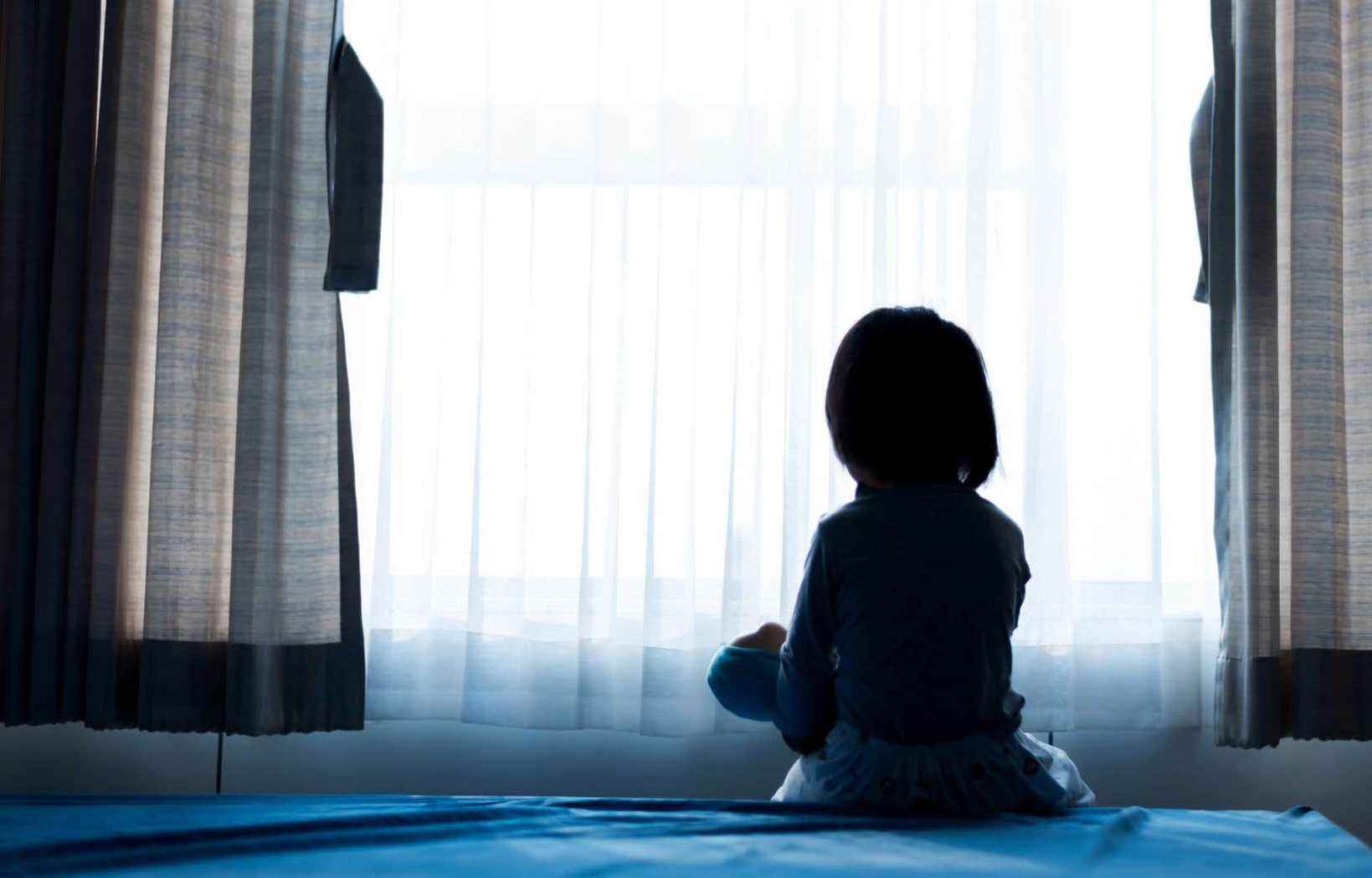The interest of the child must always take precedence over any other consideration, including that of his parents, under Law 15 adopted unanimously Thursday at the National Assembly.
Law 15, led by Minister Lionel Carmant, presents a long-awaited reform of youth protection services (DPJ), which has become essential following the death of the little girl from Granby, a child martyr who died in 2019 following mistreatment, despite the fact that she was known to the DYP.
Maintaining a child in its biological family at all costs, even if it is mistreated or neglected, will therefore no longer be the absolute priority of the authorities, under the new law, which modifies the legislative approach in this area. .
The stability to be offered to the child as soon as possible when a problem is identified becomes the government priority, putting a damper on the principle of parental primacy, enshrined in the old law, during decisions to be made, whether interveners, social workers or judges called upon to decide on the fate to be reserved for neglected, assaulted or mistreated children.
The primacy of the interests of the child appears in the preamble of the new law.
Too often, those who are called DYP children are required to constantly go back and forth between their biological family and one or more foster families. This instability can leave traces, too many trips not being likely to promote bonds of trust and attachment between the child and the adults who take care of him.
Previously, the law stipulated that any decision should “tend to maintain the child in his family environment”.
Quebec’s goal therefore consists in offering these children a permanent and stable living environment, even if it is outside the family framework.
But despite this new legislative framework, the situation as a whole is far from being settled, when we know that the number of reports continues to increase and that we observe a significant shortage of workers ready to work on the DYP.
Bill 15 implements most of the recommendations made in the report drafted by the Laurent Commission, which was responsible for advising the government on the orientations to be given to the new legislative framework. It was chaired by Régine Laurent, former president of the nurses’ union, the FIQ.
The law also relaxes the rules of confidentiality. The sharing of personal information about the child between the various parties will now be authorized. “This change, for me, was non-negotiable. Too many families have been broken up because of this notion. I don’t want any more,” commented Minister Carmant, in his closing remarks preceding the final vote.
If a child experiences violence in their home, this fact should also be taken into account in the decision made about them. “Actions will have to be taken immediately”, if such a thing is discovered, said the minister. Training will also be offered to all stakeholders, so that they are able to detect the child’s exposure to parental violence.
Young people placed in foster families for several years will also be better equipped as they approach adulthood. From 18 to 25 years old, they will be informed of the government services to which they will be entitled. Currently, they are on their own.
Every child who ends up in court will have the right to be represented by a lawyer.
Quebec officially creates the position of national director of youth protection. Since March 2021, the position has been held by Catherine Lemay.
In the ranks of the opposition, we applauded and praised the work of the minister. Liberal spokesperson Kathleen Weil called the law a “giant step” towards better protecting vulnerable children.
The PQ spokesperson, Véronique Hivon, welcomed the fact that the state should henceforth not only aim for, but “ensure” better stability for the children of the DPJ and provide for them an easier transition to adulthood.
However, among the reservations expressed by the opposition, there is the government’s lack of attention to the demands of the Aboriginal nations, who wanted to obtain more autonomy in this area.
